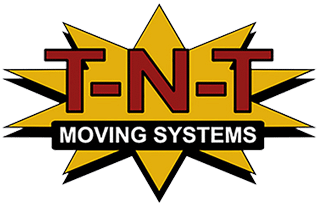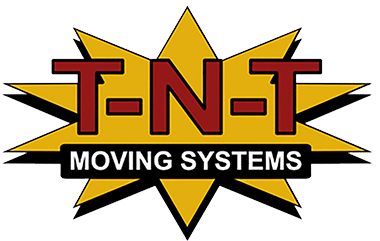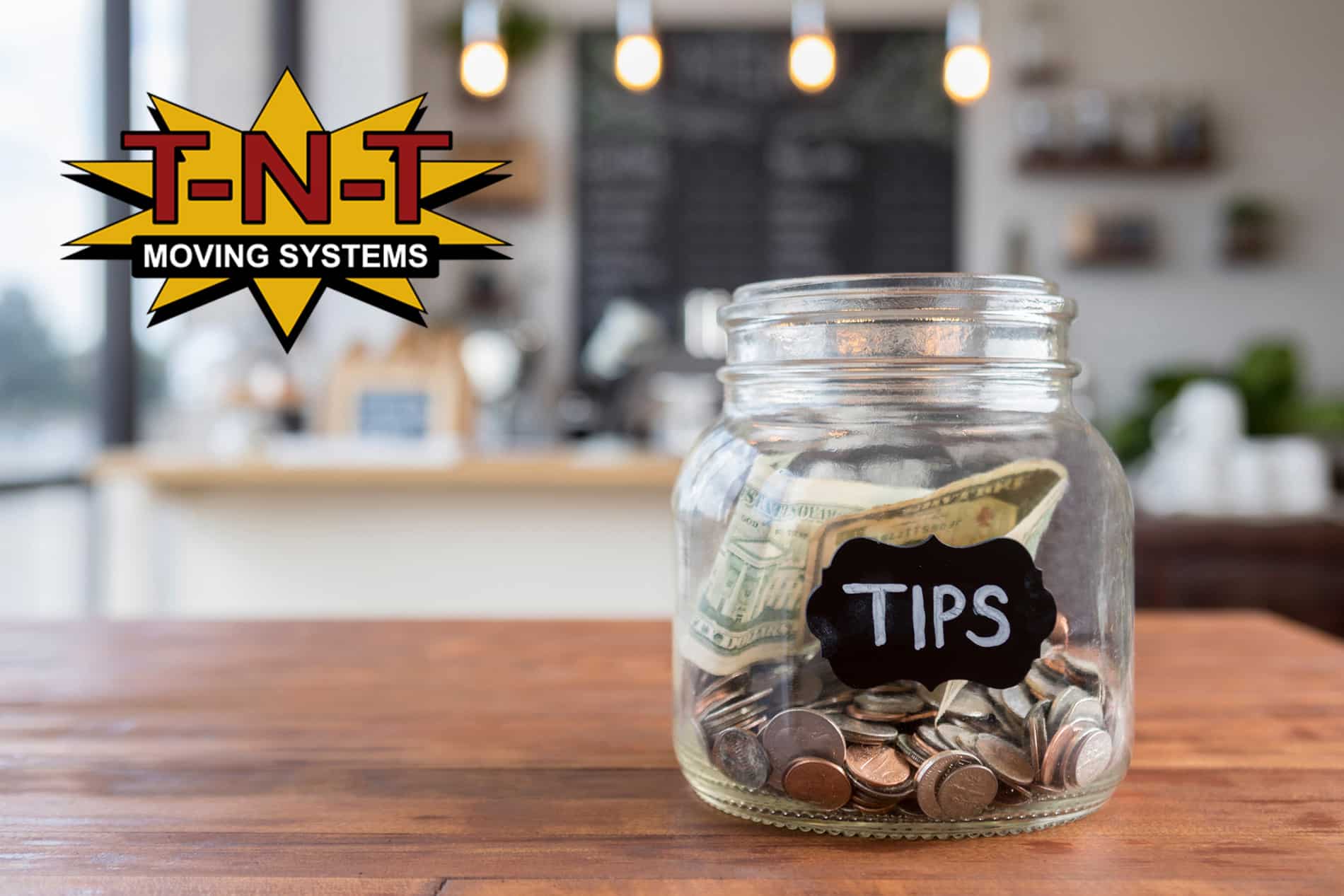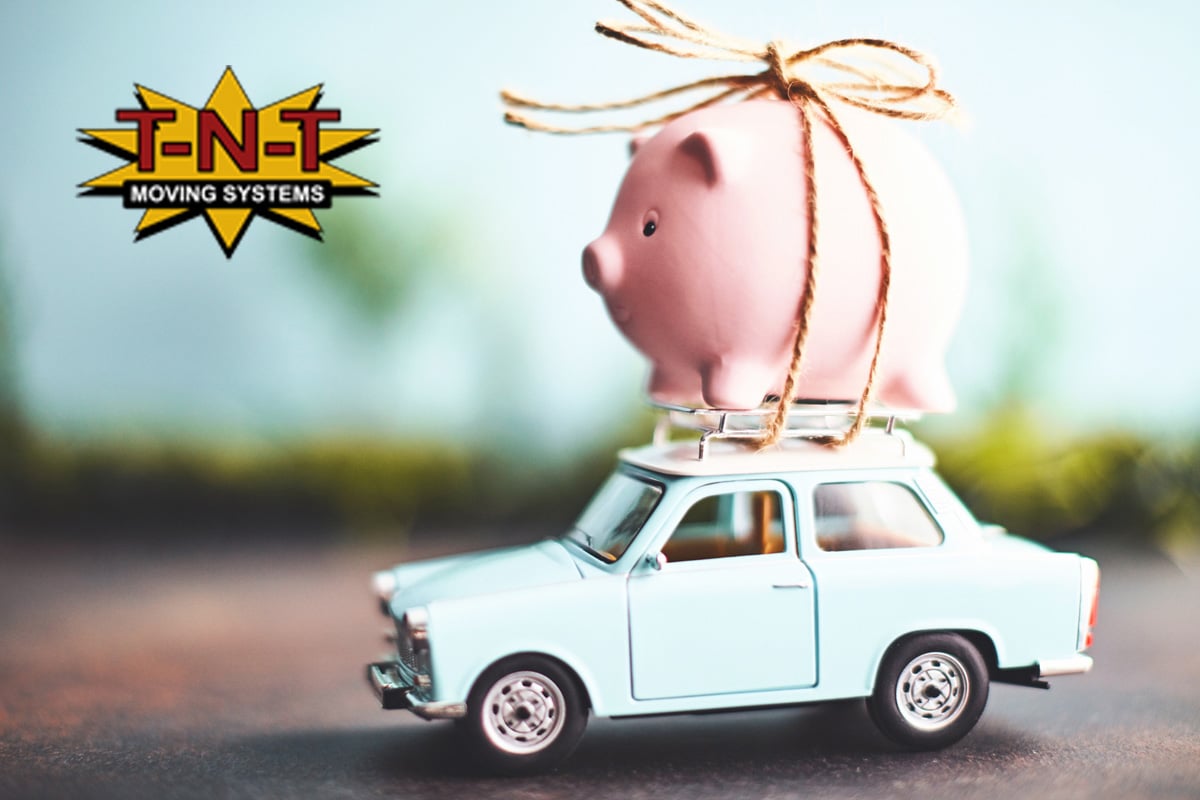Moving A Piano?
 A piano can be an entertaining investment. With lessons, a pianist can provide hours of enjoyment for music lovers. When it is time to move a piano, however, whether into another room or into another home, that investment needs to be protected. Moving a piano on your own may seem like an easy task, but there are many factors to consider.
A piano can be an entertaining investment. With lessons, a pianist can provide hours of enjoyment for music lovers. When it is time to move a piano, however, whether into another room or into another home, that investment needs to be protected. Moving a piano on your own may seem like an easy task, but there are many factors to consider.
Pianos are very heavy. The cast iron harps that hold the piano wires, making it possible for the keys to create music, cause most of the weight. An upright piano’s weight is located at the back, making it top-heavy as well. A small upright piano weighs around 300 pounds, but a grand piano can weigh over 1000 pounds. This makes moving the piano difficult and possibly dangerous. When moving the piano, the weight and size changes how movers need to carry or even shift the piano. Moving it yourself can be challenging, which is why many owners choose to hire movers like T-N-T Moving Systems in Charlotte.
T-N-T Moving Systems will move your piano safely and securely. They have been moving pianos for 18 years, and this has given the guys excellent insight into how to move your piano investment.
Before moving a piano, there are a few things that need to be considered.
- Make sure all the doors that the piano is going to be taken through are large enough to be able to maneuver the piano.
- When moving a piano, there are certain handholds that must be used. An upright piano has supports on the back, so added space to reach around the piano must be considered.
- A grand piano cannot be dismantled, and doorways need to be able to accommodate the large and unique size.
- Clearing out the pathway needs to be done before the move begins. Make a large enough path for the piano to be moved through the room, hallways, etc. Do not leave anything to trip on, or run into while moving the piano.
- Consideration also must be made for where the piano is going to be placed. Measure twice, move once. Moving a piano across town only to discover that it does not fit in the room makes for a bad moving experience. Check out the new placement. It is necessary to have enough room on all sides of the piano in order to move it into place. Choosing a tight squeeze into a small room will make it difficult to move the piano into place, and will add frustration and time to the move.
- Do not move the piano close to any windows, heating vents or air conditioners. Pianos are affected by humidity and temperature and should not be placed anywhere near heat or cold.
Once you are sure that the piano can be easily moved, and will fit where you want it, the next focus needs to be on protecting the piano during the move. Some of the inner workings of the piano may need to be secured and possibly padded. This ensures that nothing shifts and causes costly damages during the move. Once the inside is secured, the lid must be closed and locked. Locking the lid is very important, as it may come open during the move and cause damages and injuries. The finish on a piano is very sensitive, and scratches easily. By wrapping the piano in padded moving blankets and plastic, you can protect the finish from movement and potential weather during the move.
The best way to move a piano is to use a cart. This allows for the piano to be moved without risking the delicate legs. Move the piano edgeways, not sideways. Try not to tilt the piano too much, as this may move the insides of the piano. When rolling the piano, lift the piano up to ease the weight off the casters, but allow the casters to skim the floor. This makes it easier to move and does not risk the piano dropping suddenly and damaging the legs. The piano legs are very delicate, and should not be dragged over carpet or leaned on. A grand piano needs at least three people for each leg during a move.
Trying to move a piano on your own can be challenging, which is why many people choose to hire moving professionals. Why risk your investment? A company like T-N-T Moving Systems has the skill and expertise to safely move pianos. They will not only pad the piano, but also ensure the floor is protected during the move.




